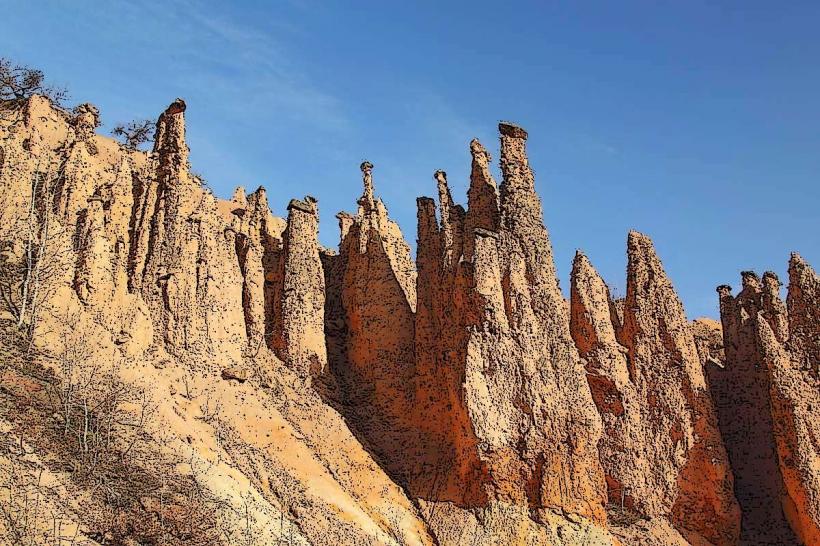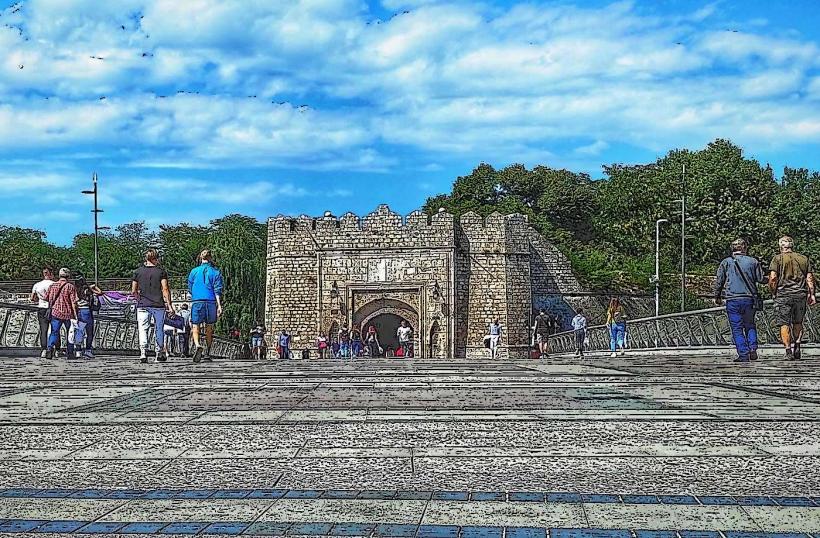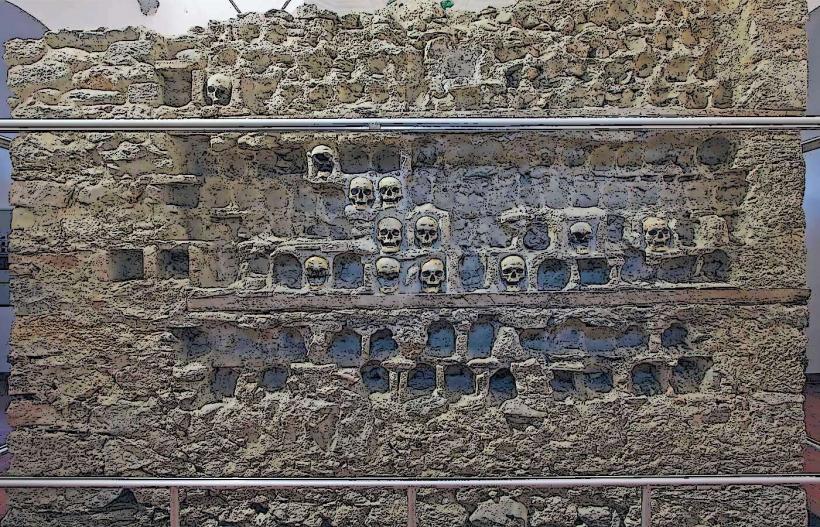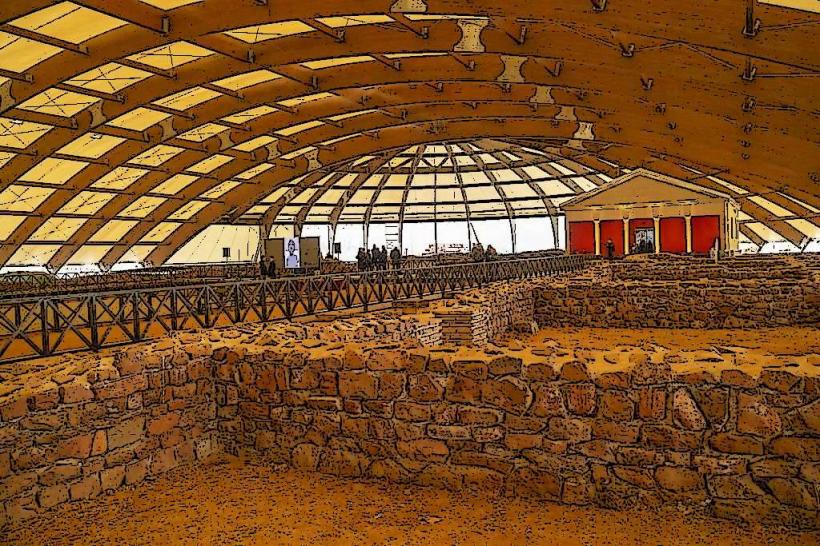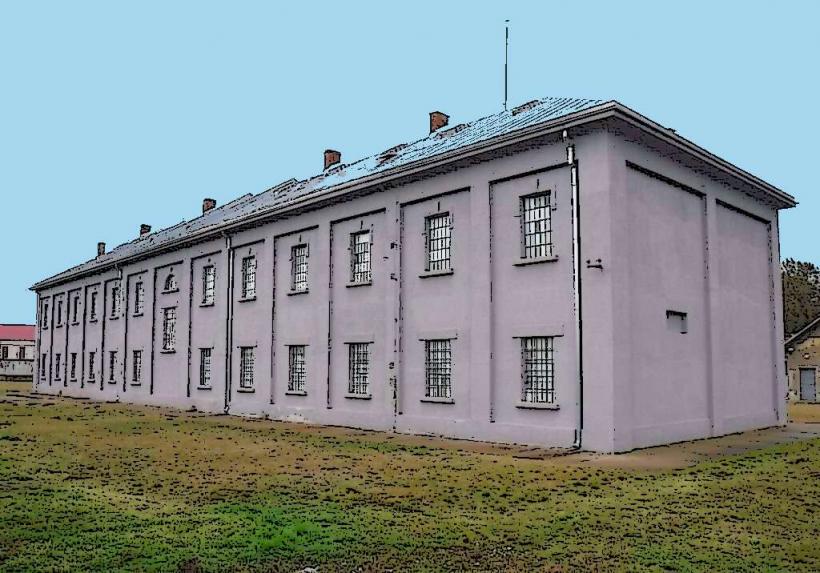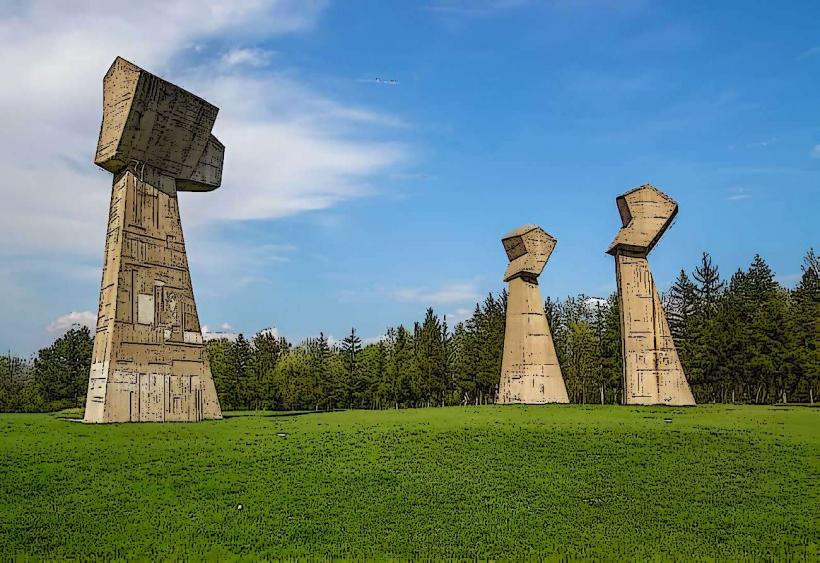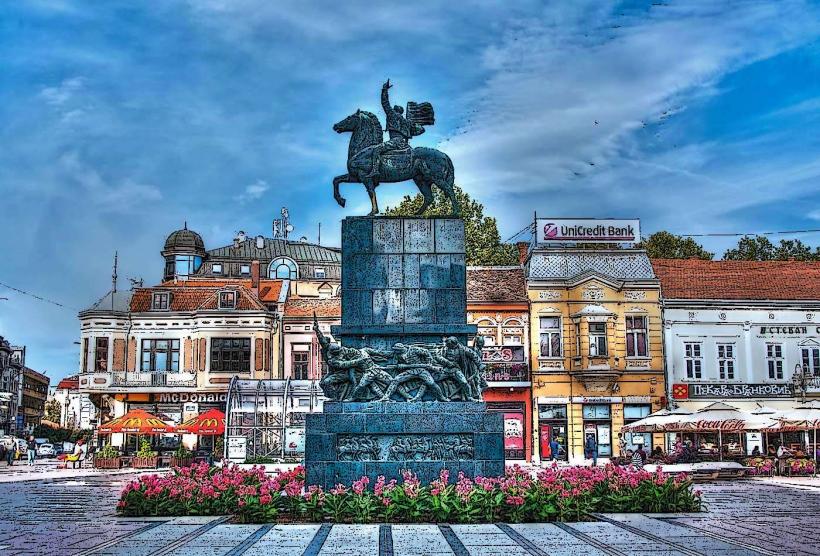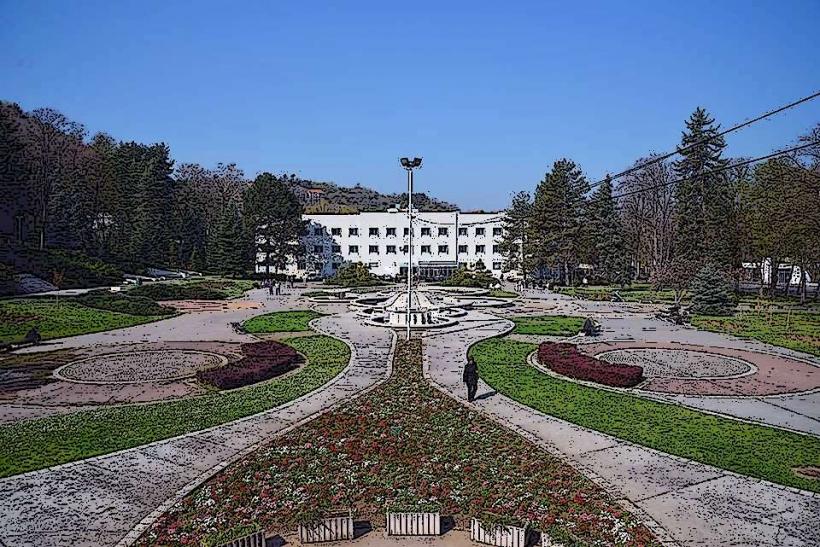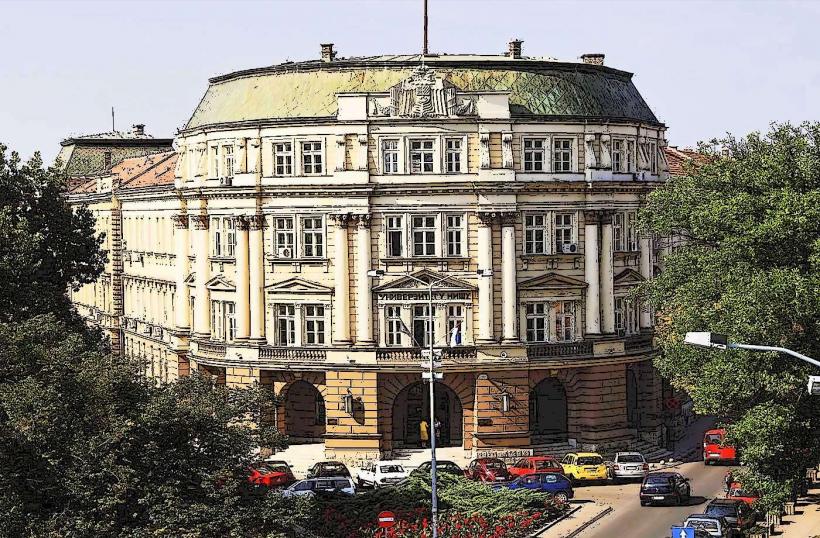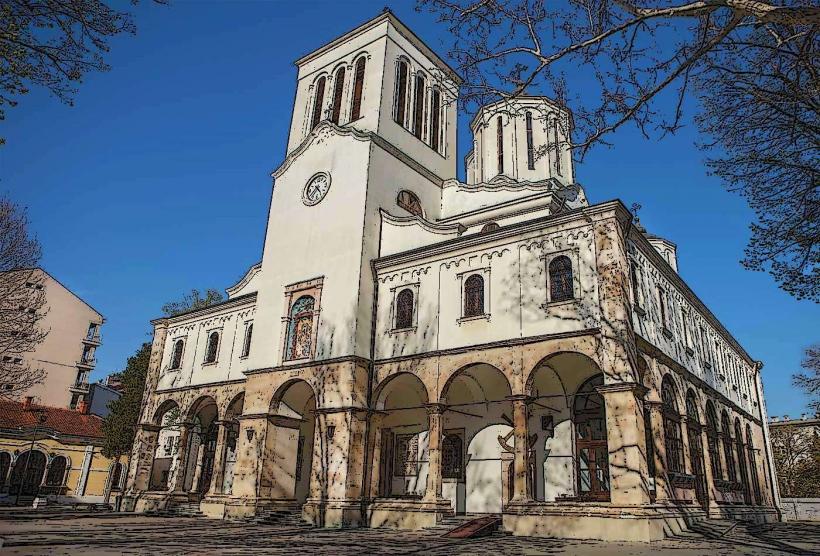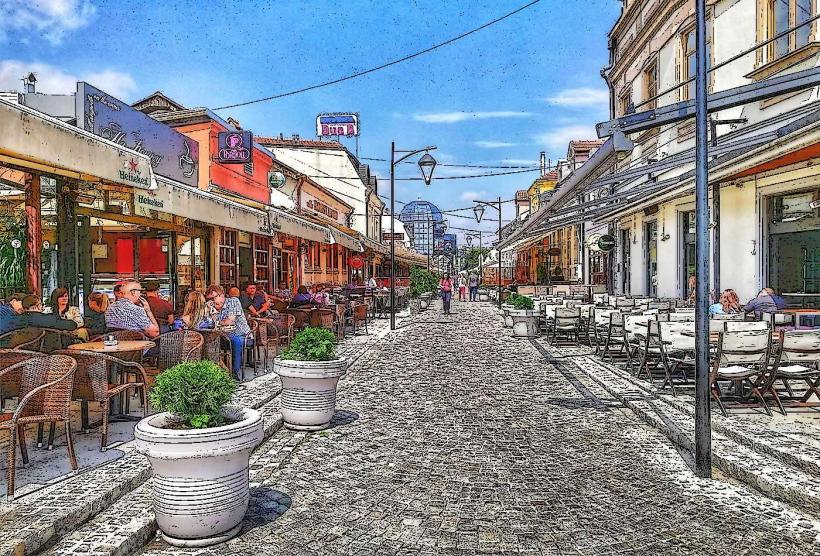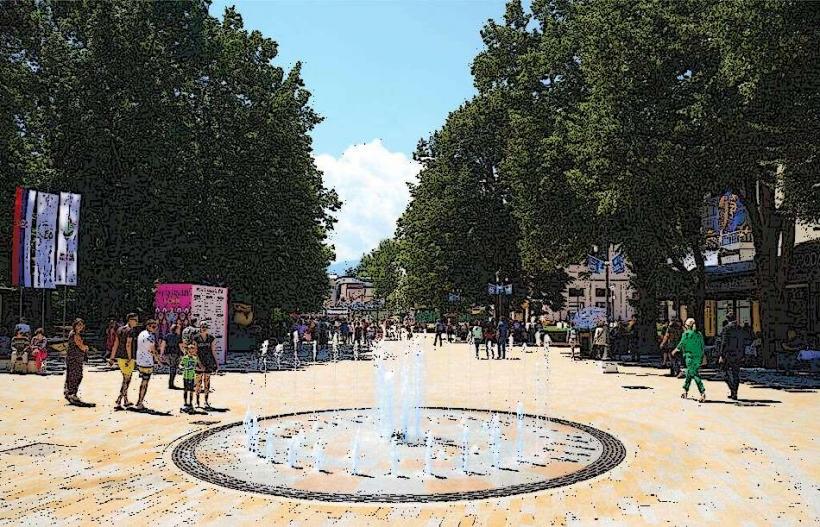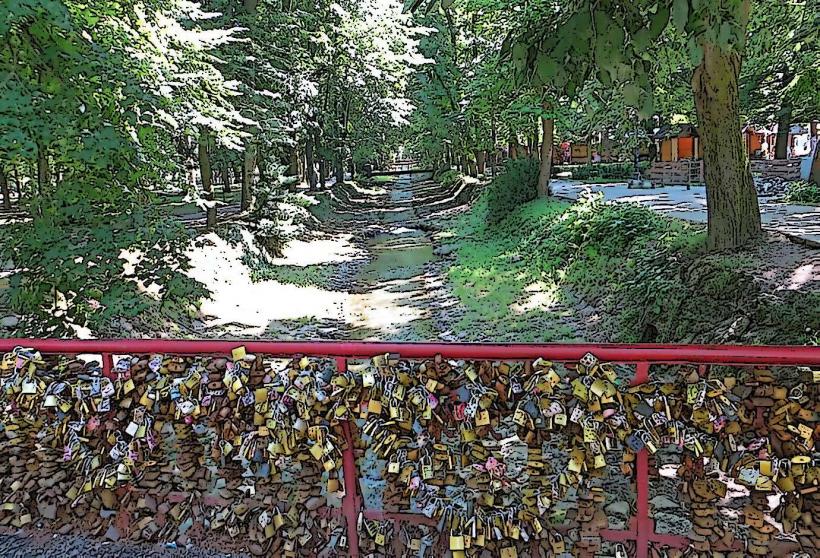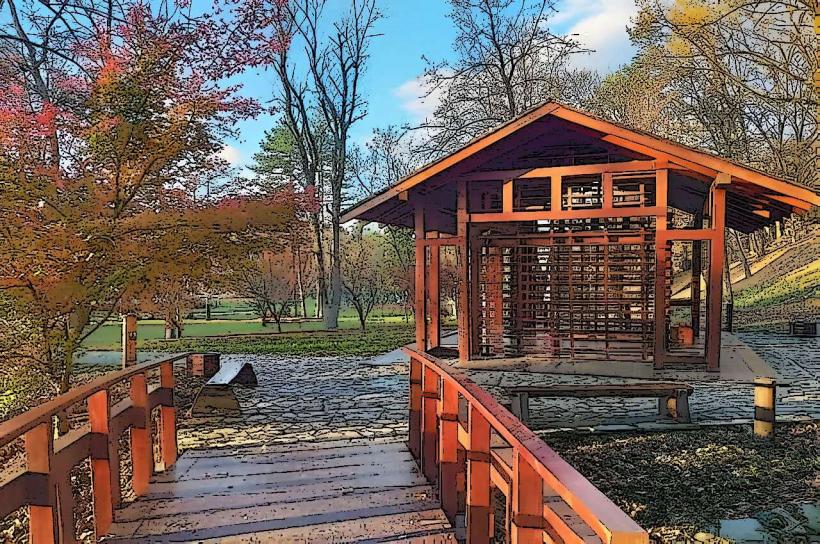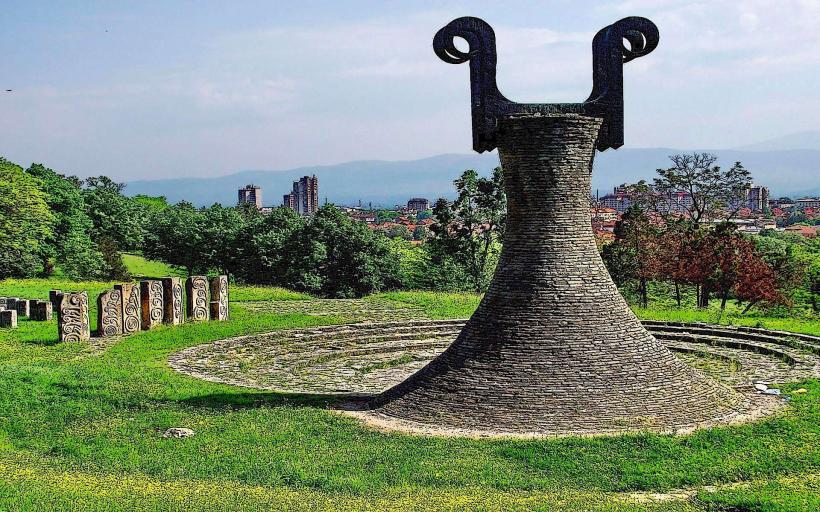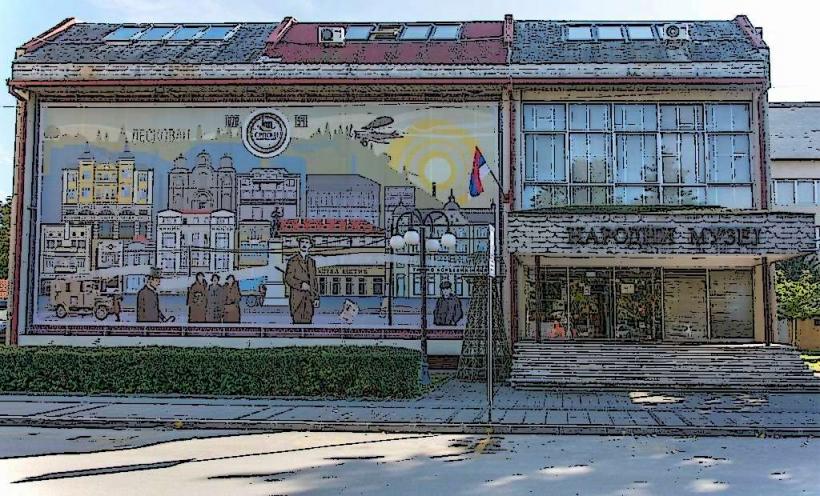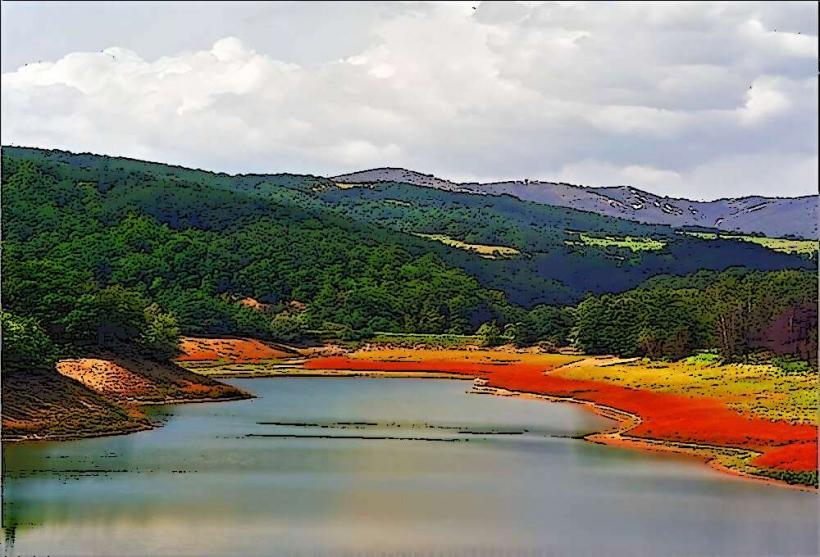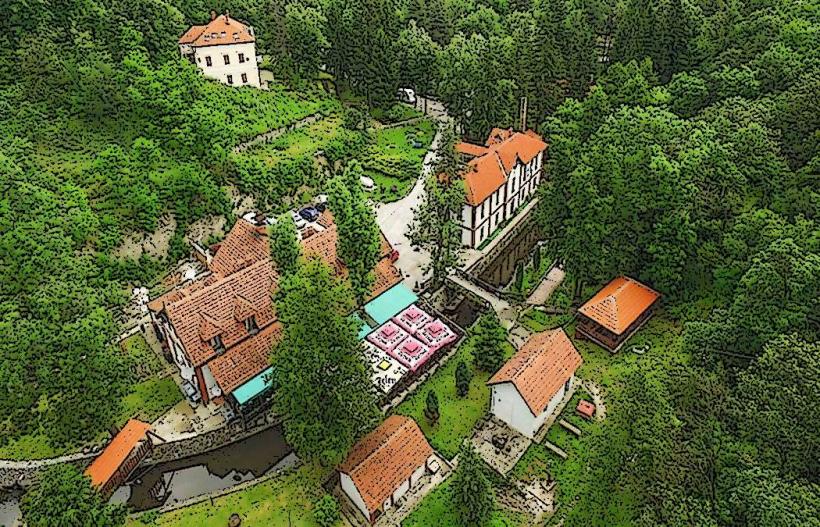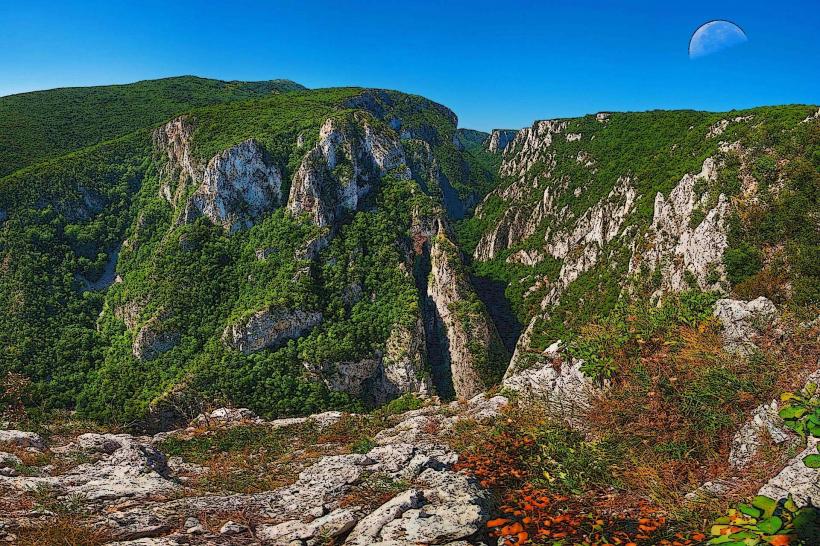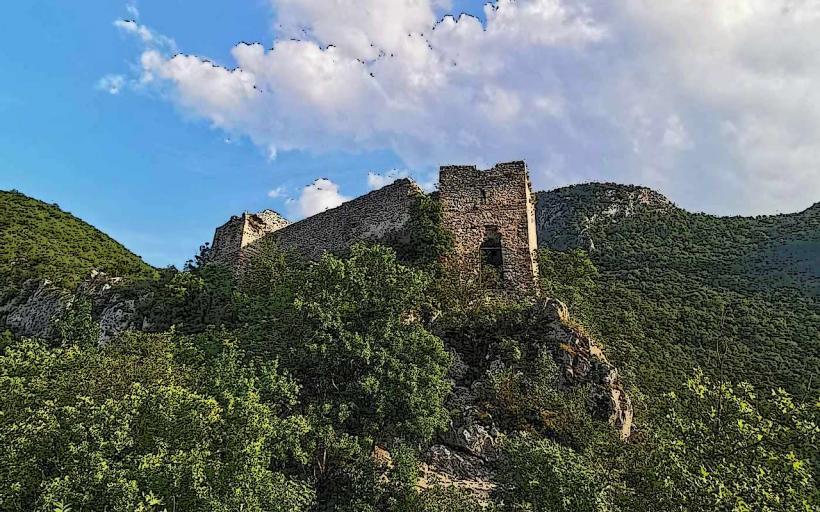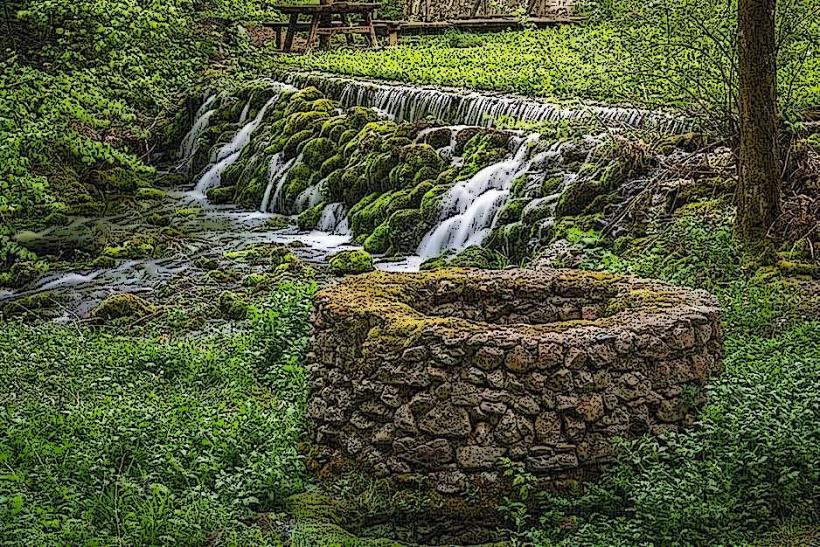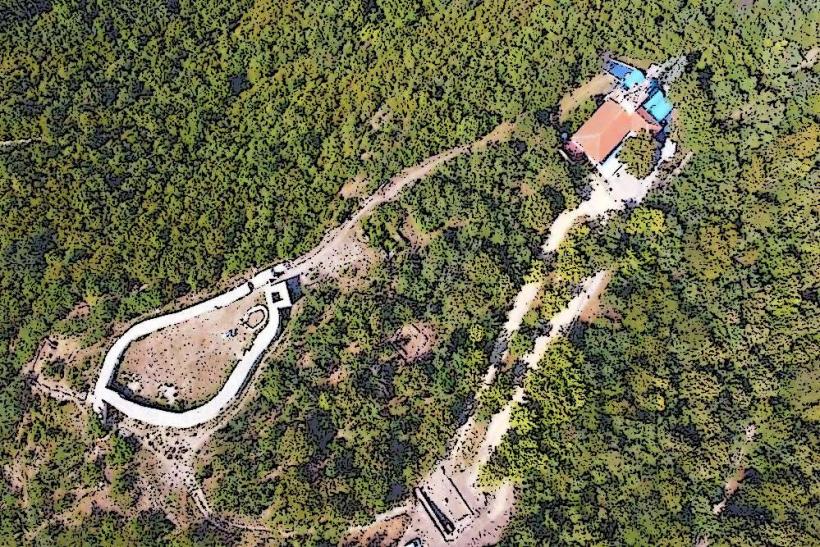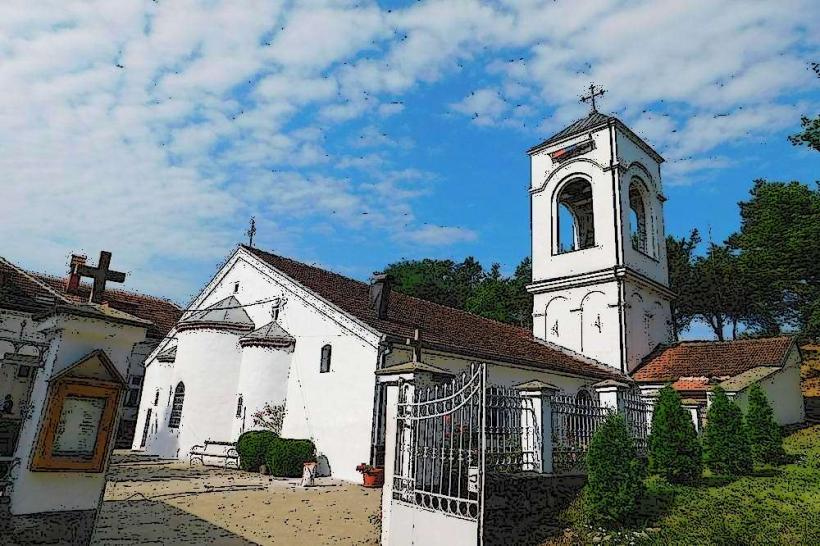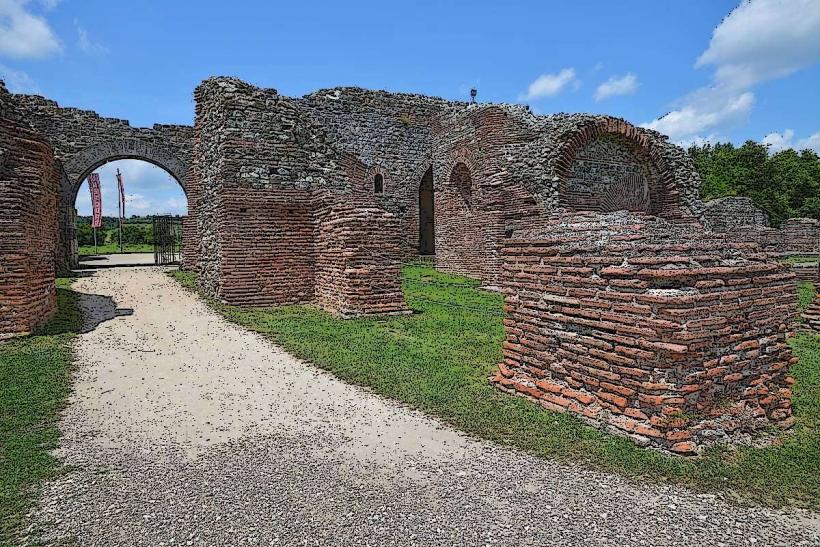Information
Landmark: Kopaonik National ParkCity: Nis
Country: Serbia
Continent: Europe
Kopaonik National Park, located in central Serbia, is one of the country’s most famous and diverse national parks, known for its stunning mountainous landscapes, rich biodiversity, and year-round tourism. As Serbia’s largest national park, it offers a wide range of outdoor activities, from skiing in the winter to hiking and wildlife watching in the warmer months. Here’s an in-depth look at what makes Kopaonik National Park special:
Geography and Natural Beauty
Location:
- Kopaonik National Park is situated in central Serbia, primarily in the Raška District, near the town of Kopaonik. It covers an area of around 1,000 square kilometers, making it the largest national park in Serbia.
- The park is part of the Kopaonik Mountain Range, which extends into neighboring Kosovo, making it a key geographical and natural landmark in the region.
Terrain and Elevation:
- The park is characterized by its rugged terrain, with steep slopes, high peaks, and broad plateaus. The highest peak, Pančić’s Peak (2,017 meters), offers panoramic views of the surrounding mountains and valleys.
- The region is known for its vast alpine meadows, forests, and rocky outcrops, creating a picturesque and diverse landscape.
Climate:
- Kopaonik experiences a continental climate, with cold winters and mild summers. In winter, the area is often covered in snow, making it a popular winter sports destination. Summers are cooler compared to the lowland regions of Serbia, with pleasant temperatures ideal for outdoor activities.
Flora and Fauna
Biodiversity:
- Kopaonik is home to a rich variety of plant and animal species due to its unique mountain climate and diverse habitats. It is considered a biodiversity hotspot in Serbia, offering a safe haven for many endemic and rare species.
Flora:
- The park’s forests are mainly composed of spruce, pine, beech, and fir trees, which provide shelter and food for numerous animals. Higher altitudes are covered with alpine meadows and rocky vegetation.
- Pančić’s Spruce (Picea paniculata), an endangered species, is native to Kopaonik and found in its higher regions, giving the park international ecological significance.
Fauna:
- The park is home to a variety of wildlife, including brown bears, wolves, wild boars, deer, and foxes. It also hosts a range of bird species such as the golden eagle, griffon vulture, and hazel grouse.
- Kopaonik is a major destination for birdwatchers and nature enthusiasts who come to observe both common and rare species.
Historical and Cultural Significance
Historical Background:
- Kopaonik has a rich history dating back to Roman times, with evidence of ancient mining activity in the area. The region was known for its silver and copper mines during the medieval period, especially in the town of Raška, which was once a major center of the Serbian medieval state.
Cultural Heritage:
- The park is home to several important monuments and churches, some of which date back to the Middle Ages. Visitors can explore traditional Serbian mountain villages that preserve the heritage of the region’s past inhabitants.
Pančić’s Peak:
- Named after the Serbian botanist Josif Pančić, who first described the Pančić’s Spruce in the 19th century, this peak is a symbol of the park’s natural importance and attracts many visitors for both its scientific value and its breathtaking views.
Tourism and Activities
Winter Sports:
- Kopaonik is Serbia’s premier ski resort. It has modern ski facilities with over 60 kilometers of ski slopes, making it one of the largest ski centers in the Balkans. The resort offers activities such as skiing, snowboarding, and snowshoeing during the winter months.
- The park’s Kopaonik Ski Resort is equipped with ski lifts, snow cannons, and modern infrastructure, making it a favorite destination for both beginners and experienced skiers.
Summer Activities:
- During the summer, the park transforms into a paradise for hikers and mountain bikers. There are numerous marked trails, including the Pančić’s Peak trail, which provide spectacular views and an opportunity to explore the region’s flora and fauna.
- Visitors can enjoy eco-tourism activities such as wildlife watching, botanical tours, and birdwatching, as well as picnicking in the scenic meadows.
Wellness and Spa:
- Kopaonik has become increasingly popular for wellness tourism, with several hotels and resorts offering spa services, including thermal baths, massage, and relaxation treatments. The clean mountain air and beautiful surroundings add to the healing atmosphere of the area.
Cultural and Educational Tourism:
- The park also offers opportunities for cultural tourism, where visitors can explore traditional mountain villages, learn about local customs and traditional Serbian cuisine, and visit ethnological museums.
Đeravica Cave and Mineral Springs
- Đeravica Cave:
- The Đeravica Cave is one of the many caves in Kopaonik, known for its stalactites and stalagmites. It’s a popular destination for cave enthusiasts and adds an adventurous element to a visit to the park.
- Mineral Springs:
- Kopaonik is also known for its mineral springs, which have been historically used for medicinal purposes. Several of these springs are located in the vicinity of the Jošanička Banja spa town, providing opportunities for therapeutic bathing and wellness.
Best Time to Visit
Winter (December to March):
- The winter months are perfect for skiing, snowboarding, and enjoying the snow-covered landscape. This is when Kopaonik is most popular for winter sports and attracts international visitors.
Spring and Summer (April to September):
- Spring and summer are ideal for hiking, mountain biking, and exploring the natural beauty of the park. The weather is mild, and the park’s flora is in full bloom, making it a great time for nature walks and wildlife observation.
Autumn (October):
- Autumn offers a beautiful time to visit, as the park's forests change color, creating a colorful landscape. It’s also a quieter time, perfect for those who want to avoid crowds.
How to Get There
- Location:
- Kopaonik is located about 290 kilometers (180 miles) south of Belgrade, Serbia’s capital. It is accessible by car, bus, or even organized tours.
- Transportation:
- By car: The park is well-connected by roads, and driving from Belgrade takes approximately 4-5 hours.
- By bus: Several buses run from Belgrade to Kopaonik, especially during the ski season.
- By plane: The nearest airport is Niš Constantine the Great Airport, located around 90 kilometers from Kopaonik, with connections to Belgrade and other European cities.
Why Visit Kopaonik National Park?
Kopaonik National Park is a unique and versatile destination offering a blend of natural beauty, rich biodiversity, and abundant outdoor activities. Whether you're an avid skier, a hiking enthusiast, or someone looking to relax and enjoy the natural surroundings, Kopaonik provides an excellent mix of adventure and serenity. With its status as a biosphere reserve and a popular tourist destination, it’s one of Serbia’s most important natural treasures and a must-visit for anyone traveling to the region.

